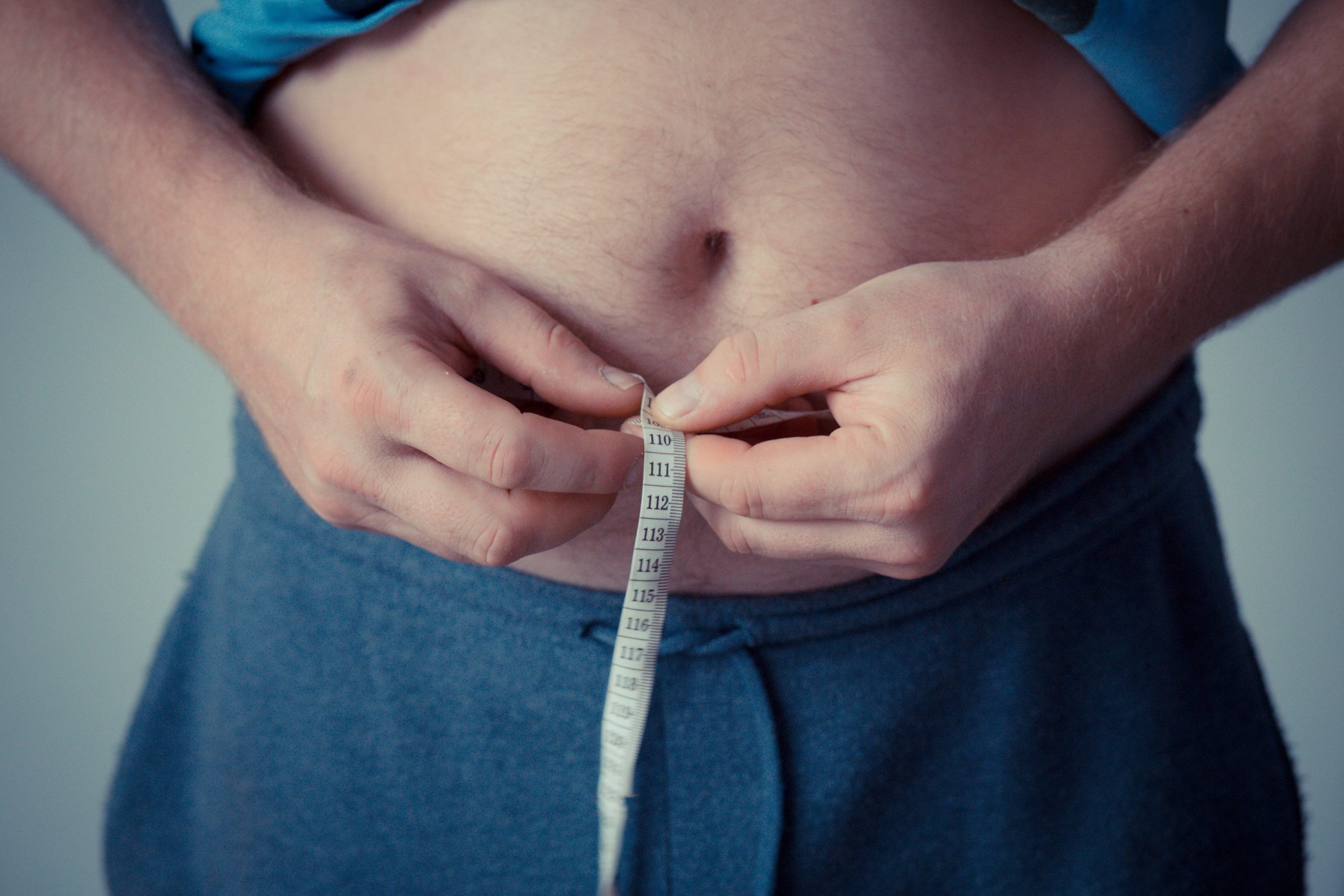Obesity medication liraglutide is safe and effective in children aged 6 to <12 years


By Pooja Toshniwal Paharia Reviewed by Danielle Ellis, B.Sc. Sep 13 2024 New trial shows liraglutide helps reduce BMI in children aged 6 to 12 with obesity, but side effects prompt further study Study: Liraglutide for Children 6 to <12 Years of Age with Obesity — A Randomized Trial. Image Credit: Dimmo/Shutterstock.com
A recent study published in The New England Journal of Medicine and presented at the European Association for the Study of Diabetes Obesity (EASD) investigated the use of liraglutide to reduce obesity among children aged six to <12 years. Background
Obesity is a chronic, relapsing, and progressive condition that commonly precedes adolescent obesity and continues into adulthood. It is associated with long-term diseases such as type 2 diabetes, steatohepatitis, malignancy, and an elevated risk of cardiovascular disease death.
Obesity treatment in children and teenagers entails lifestyle changes such as a nutritious diet and frequent physical activity. However, their long-term benefits on body mass index (BMI) are minimal, indicating the necessity for further interventions such as pharmaceuticals.
There are no authorized drugs for treating non-monogenic, non-syndromic obesity among children aged below 12. Liraglutide, a glucagon-like peptide-1 (GLP-1) analog, reduces weight in obese adolescents and adults; however, the drug’s efficiency and safety in children are unknown.
These drugs work centrally to boost satiety signaling, suppress appetite and energy intake, and minimize food reward. These drugs also raise postprandial insulin levels, decrease glucagon secretion, and prolong stomach emptying. About the study
The phase 3a randomized controlled trial (RCT) explored liraglutide anti-obesity effects and safety among six-to-<12-year-olds.
Researchers conducted the SCALE Kids trial at 23 sites across nine countries between March 2021 and January 2024. Participant BMI values were in the 95th percentile or higher according to the Centers for Disease Control and Prevention (CDC) growth charts. Their pubertal development ranged between Tanner stages 1 and 5. None had insulin-dependent diabetes or other adiposity-related conditions.
The trial was 2:1 randomized, and the participants were given 3.0 mg of liraglutide once each day subcutaneously or a placebo with lifestyle interventions over 56 weeks. The study included 26 weeks for follow-up. Researchers initiated liraglutide 0.6 mg daily for a week for children weighing ≥45 kg and 0.3 mg daily for those weighing lower.
They increased the dose in 0.6 mg increments weekly, over eight weeks for children weighing ≥45 kg or ten weeks for those weighing lower. Lifestyle interventions included dietary counseling by certified professionals and one hour of moderate-high-intensity physical exercise daily. Related StoriesObesity medication liraglutide safe and effective in children under 12, research findsGenetic testing: A game-changer for healthcarePennington Biomedical launches Greaux Healthy to combat childhood obesity
The primary outcome was a percent change in BMI values. Secondary outcomes included a percent change in weight and ≥5.0% decrease in BMI. Other study outcomes included a ≥10% BMI reduction, BMI changes as percentages of the 95th percentile, BMI standard deviation score changes, and alterations in waist circumference, weight, glycated hemoglobin, and blood pressure. Safety evaluations comprised adverse events and serious adverse events. Researchers used the analysis-of-covariance (ANCOVA) for statistical analysis. Logistic regressions determined the adjusted odds ratios (AOR) for analysis. Results
The researchers randomized 82 children; 56 received liraglutide, and 26 received the placebo. The participants included slightly more males (54%) than females, most children were white (72%), and most of them suffered from obesity class 2 (37%) or 3 (39%). After 56 weeks, the team noted mean percent changes in BMI of −5.80% among liraglutide recipients and 1.60% among placebo recipients (mean difference, −7.4 percent points).
The mean percent change in weight was found to be 1.60% following liraglutide treatment and 10% after receiving the placebo (mean difference, −8.4 percent points). The team noted BMI reductions of ≥5.0% among 46% of liraglutide recipients and 9.0% of placebo recipients (AOR, 6.3). Supportive secondary outcomes favored liraglutide, except for waist circumference changes. Among the participants, 35% of liraglutide recipients and 4.0% of placebo recipients showed a reduction of ≥10% in BMI.
The researchers noted a mean percentage of the 95th percentile for body mass index of 120% with liraglutide and 137% with placebo after 56 weeks and 125% and 140% at 82 weeks, respectively. They observed mean BMI standard deviation scores of 2.90 with liraglutide and 3.60 with placebo at 56 weeks. The corresponding values were 3.00 and 3.70 at 82 weeks, respectively.
Among the participants, 88% of placebo recipients and 89% of liraglutide recipients reported adverse events. Liraglutide-treated children more frequently experienced gastrointestinal-type adverse events (80%) compared to placebo recipients (54%). The team noted serious-type adverse events in 12% of the liraglutide group and 8.0% of those in the placebo group. Conclusion
The study showed that among obese children aged six to less than 12 years, liraglutide treatment over 56 weeks with lifestyle interventions reduced BMI to a greater extent than placebo with similar lifestyle interventions. The ongoing open-label extension phase of the trial, anticipating completion in January 2027, will add to the long-term outcomes of liraglutide treatment in children six years to below 12 years of age. Post-marketing surveillance studies and trials with longer follow-ups evaluating the efficacy of liraglutide in children and potential side effects on growth are required. Journal reference:
Claudia K. Fox, M.D. et al., Liraglutide for Children 6 to <12 Years of Age with Obesity—A Randomized Trial, N Engl J Med, 2024, DOI: 10.1056/NEJMoa2407379 https://www.nejm.org/doi/full/10.1056/NEJMoa2407379

